Did you know that collard greens are not only delicious but also incredibly nutritious? These healthy greens, which belong to the leafy greens family, are packed with vitamins and minerals that can benefit your health in numerous ways. From bone health to cancer prevention, collard greens offer a wide range of health benefits that make them a must-have addition to your diet.
Key Takeaways:
- Collard greens are nutrient-rich leafy greens that are incredibly healthy for you.
- They are an excellent source of vitamins and minerals, including vitamin K, which is important for bone health.
- Collard greens contain compounds that may help prevent certain types of cancer.
- They are low in calories but high in fiber, making them a filling and nutritious choice.
- You can enjoy collard greens in a variety of ways, from boiling and sautéing to using them in salads and sandwiches.
Nutritional Profile of Collard Greens
Collard greens are known for their exceptional nutritional content, making them a valuable addition to any meal. Just one cup of boiled collard greens provides a powerful dose of essential vitamins and minerals, offering numerous health benefits.
Let’s take a closer look at the impressive nutritional profile of collard greens:
| Nutrient | Amount per 1 Cup (Boiled) |
|---|---|
| Vitamin K | 770 micrograms (more than the recommended daily intake for both men and women) |
| Calcium | 76 milligrams |
| Vitamin A | 5,622 IU |
| Vitamin C | 34.6 milligrams |
| Iron | 0.5 milligrams |
Collard greens are not only low in calories and carbohydrates, but they are also rich in dietary fiber. This combination of nutrients makes collard greens a filling and nutritious choice, perfect for maintaining a healthy diet.
Remember, the nutritional content of collard greens may vary depending on the cooking method and preparation. However, no matter how you choose to enjoy them, collard greens remain a nutritional powerhouse that can contribute to your overall well-being.
Health Benefits of Collard Greens
Including collard greens in your diet can provide a wide range of health benefits. These nutrient-rich leafy greens offer a unique combination of vitamins, minerals, and compounds that support various aspects of your well-being.
Bone Health
Collard greens are an excellent source of vitamin K, a nutrient essential for bone health. Vitamin K helps improve calcium absorption, reducing the risk of osteoporosis and bone fracture. By including collard greens in your meals, you can support the strength and density of your bones, promoting long-term bone health.
Cancer Prevention
Collard greens contain compounds called glucosinolates, which have been associated with a lower risk of certain types of cancer. These compounds have shown potential in inhibiting the growth of cancer cells and preventing the formation of tumors. By incorporating collard greens into your diet, you can contribute to your body’s natural defense mechanisms against cancer.
Digestive Health
The high fiber content in collard greens promotes healthy digestion. Fiber adds bulk to your stool and helps regulate bowel movements, preventing constipation. It also supports the growth of beneficial gut bacteria, contributing to a healthy digestive system. By consuming collard greens regularly, you can maintain good digestive health and reduce the risk of digestive disorders.
Skin and Hair Health
Collard greens are rich in vitamins A and C, both of which play a crucial role in skin and hair health. Vitamin A promotes the production of collagen, a protein that keeps the skin firm and elastic, reducing the appearance of wrinkles. Vitamin C is an antioxidant that protects the skin from damage caused by free radicals and supports the production of collagen. Including collard greens in your diet can contribute to healthy, radiant skin and strong, lustrous hair.
Incorporating collard greens into your meals allows you to enjoy these health benefits while savoring their unique flavor and versatility. Whether you add them to soups, incorporate them into salads, or use them as a wrap, collard greens are a nutritious addition to any dish.
| Health Benefit | Explanation |
|---|---|
| Bone Health | Vitamin K supports calcium absorption and reduces the risk of osteoporosis and bone fracture. |
| Cancer Prevention | Compounds in collard greens, such as glucosinolates, have been associated with a lower risk of certain types of cancer. |
| Digestive Health | The high fiber content in collard greens promotes healthy digestion and prevents constipation. |
| Skin and Hair Health | Vitamins A and C in collard greens contribute to healthy skin and hair. |
Cooking and Serving Tips for Collard Greens
Collard greens can be prepared in various ways, allowing you to explore different flavors and textures. Here are some cooking tips and serving suggestions to help you make the most of these nutritious greens.
Cooking Tips
- Boiling: To prepare collard greens using the boiling method, first, wash the leaves thoroughly and remove the tough stems. Then, bring a large pot of water to a boil and add the collard greens. Cook for about 10-15 minutes until tender. Season with salt, black pepper, and other herbs and spices for added flavor.
- Sautéing: For a delicious sautéed collard greens dish, heat some olive oil or butter in a skillet over medium heat. Add chopped onions, garlic, and any other desired vegetables for extra flavor. Stir-fry the collard greens until they are wilted and tender, which usually takes around 5-7 minutes. Season with salt, pepper, and other seasonings of your choice to taste.
- Braising: Tenderize collard greens by braising them. Start by sautéing onions and garlic in a little oil until they become fragrant. Add the collard greens to the skillet and cook them over low heat in a flavorful liquid like vegetable broth or chicken stock. Simmer for about 20-30 minutes until the greens are tender and infused with the delicious flavors.
Serving Suggestions
Collard greens are versatile and can be enjoyed in various ways. Here are a few serving suggestions to inspire your culinary creativity:
- Raw in Salads: Slice the collard greens into thin ribbons and use them as a base for a refreshing salad. Toss them with your favorite vegetables, nuts, and a tangy salad dressing for a nutritious and flavorful meal.
- Wraps and Sandwiches: Use the large, sturdy collard green leaves as a delicious wrap for your favorite ingredients. Fill them with roasted chicken, avocado, and other veggies for a healthy and satisfying lunch.
- Steamed as a Side Dish: Steam collard greens to retain their nutritional value and vibrant green color. Serve them as a side dish alongside your main course for a wholesome and colorful addition to your meal.
Pro tip: Collard greens have a slightly bitter taste. Enhance their flavor by adding a splash of vinegar, such as apple cider vinegar or balsamic vinegar, during cooking. You can also experiment with different herbs, spices, and seasonings to suit your taste preferences.
Collard greens can be incorporated into a wide range of dishes, from hearty soups and comforting casseroles to nutrient-packed smoothies and crispy chips. Don’t be afraid to get creative in the kitchen and explore the versatility of these nutritious greens.
Growing Your Own Collard Greens
If you’re interested in having a fresh supply of collard greens, consider growing them in your own garden. Collard greens can be easily grown from seeds, which can be purchased online.
When growing collard greens, it’s important to provide them with an ideal environment. They prefer cooler temperatures, so it’s best to plant them in the early spring or fall. Collard greens can tolerate a variety of soil conditions but thrive in well-draining, fertile soil. Ensuring that the soil is rich in organic matter can promote healthy growth.
Plant the collard green seeds about three feet apart, giving them enough space to develop fully. Water the plants regularly, keeping the soil consistently moist but not waterlogged. Collard greens are relatively low maintenance and can withstand light frosts, making them suitable for home gardens.
As your collard greens grow, you can harvest the outer leaves as needed, allowing the younger leaves to continue developing. This way, you can enjoy the benefits of freshly grown collard greens in your meals throughout the growing season.
For visual reference, see the image below, showcasing the vibrant, healthy collard greens you can grow in your own garden:
Preserving Collard Greens
If you have an abundance of collard greens and want to preserve them for later use, freezing is the best method. Freezing collard greens allows you to maintain their flavor and texture while extending their shelf life. Here’s a step-by-step guide on how to freeze collard greens:
- Start by washing the collard greens thoroughly. Remove any dirt or debris from the leaves.
- Bring a large pot of water to a boil. While waiting for the water to boil, prepare an ice bath by filling a large bowl with ice and water.
- Once the water is boiling, carefully add the collard greens to the pot. Blanch the greens for 2-3 minutes until they turn bright green.
- Using tongs or a slotted spoon, transfer the blanched collard greens to the ice bath. This will stop the cooking process and help preserve their vibrant color.
- Once the collard greens are cool, drain them well and pat them dry with a clean kitchen towel or paper towels.
- Divide the collard greens into portion-sized servings. You can choose to keep them whole or roughly chop them, depending on your preference.
- Place the portions of collard greens into freezer bags or airtight containers. Make sure to squeeze out any excess air before sealing the bags or containers.
- Label the bags or containers with the date and contents.
- Place the collard greens in the freezer and store them for up to one year.
When using the frozen collard greens, you can add them directly to soups, stews, or stir-fries without thawing. For other recipes, thaw the collard greens in the refrigerator overnight before incorporating them into your dishes.
Tip:
To save time in the future, you can blanch and freeze collard greens in larger quantities when they are in season and readily available. This way, you’ll always have a convenient supply of collard greens for your favorite recipes.
| Freezing Collard Greens | Description |
|---|---|
| Process | Blanching and freezing |
| Shelf Life | Up to one year |
| Thawing Method | Refrigerator overnight |
| Convenience | Ready-to-use portions for quick meal preparation |
Flavored Vinegar and Seasonings for Collard Greens
Collard greens are delicious on their own, but adding flavor enhancements can take them to the next level. I love experimenting with different combinations of seasonings to find the perfect complement to my collard greens. Whether you prefer tangy, spicy, or savory flavors, there are plenty of options to choose from.
Flavored Vinegar
One of my favorite ways to enhance the flavor of collard greens is with flavored vinegar. Chili vinegar or vinegar made from pickled peppers adds a tangy kick that pairs perfectly with the slightly bitter taste of the greens. Simply drizzle a little bit of flavored vinegar over your cooked collard greens before serving, and enjoy the burst of flavor it adds.
Seasonings
In addition to flavored vinegar, there are many other seasonings that can bring out the best in collard greens. Here are a few ideas to get you started:
- Onions and garlic: Sautéing onions and garlic in olive oil before adding the collard greens can infuse them with a rich, savory taste.
- Sun-dried tomatoes: Chopped sun-dried tomatoes add a hint of sweetness and a burst of umami flavor to collard greens.
- Crushed red pepper: If you like a little heat, sprinkle some crushed red pepper flakes over your collard greens for a spicy kick.
Feel free to mix and match these seasonings to create your own unique flavor combinations. Whether you prefer a classic garlic and onion combo or want to spice things up with some chili vinegar and crushed red pepper, the choice is yours.
Experimenting with flavor enhancements is a fun way to make your collard greens more exciting and enjoyable. Don’t be afraid to get creative in the kitchen and try out different combinations until you find your favorite. Trust me, once you discover the perfect seasoning blend, you’ll never want to go back to plain collard greens again!
Health Considerations and Potential Side Effects
While incorporating collard greens into your diet can provide numerous health benefits, it’s important to be aware of a few considerations and potential side effects.
Vitamin K:
Collard greens are packed with vitamin K, which is essential for blood clotting and bone health. However, if you’re taking blood thinners such as Warfarin, it’s crucial to maintain a consistent intake of vitamin K. The high amount of vitamin K in collard greens can interfere with the effectiveness of blood thinners. Consult with your healthcare provider to ensure your vitamin K intake is properly managed while enjoying collard greens.
Fiber and Digestive Side Effects:
Collard greens are rich in fiber, which is beneficial for digestive health. However, if you’re not accustomed to consuming high-fiber foods, introducing collard greens into your diet may cause digestive side effects such as bloating and gas. To prevent discomfort, it’s important to gradually incorporate collard greens into your meals and drink plenty of water to promote healthy digestion.
Remember, everyone’s body reacts differently to new dietary additions, so it’s essential to listen to your body and make adjustments as needed.
Collard greens are a versatile and nutritious vegetable, but it’s important to understand their potential interactions and effects on your health. By being mindful of your vitamin K intake and gradually introducing collard greens into your diet, you can enjoy their numerous health benefits without any unwanted side effects.
Conclusion
Collard greens are truly a superfood that provides a multitude of health benefits. From promoting strong bones to helping prevent certain types of cancer, adding collard greens to your diet can have a significant positive impact on your well-being.
The versatility of collard greens also makes them a fantastic vegetable to incorporate into your meals. Whether you prefer to boil, sauté, or enjoy them raw in salads, the possibilities are endless. Collard greens can be a tasty addition to soups, casseroles, and even smoothies.
If you’re keen on having a fresh supply of collard greens at your disposal, why not try growing them yourself? With simple gardening tips, you can cultivate your own batch of nutrient-rich collard greens, ensuring a sustainable source of this incredible vegetable.
In conclusion, collard greens are both delicious and nutritious. Their health benefits, cooking versatility, and the option to grow your own make them an excellent choice for those looking to enhance their overall well-being. So why not start incorporating collard greens into your meals and unlock all the health benefits they have to offer?


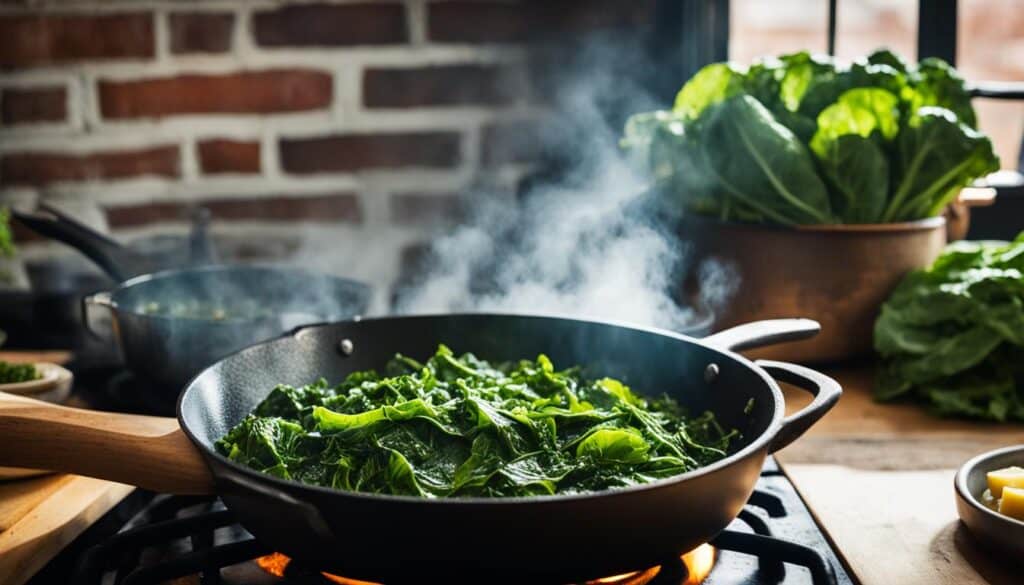
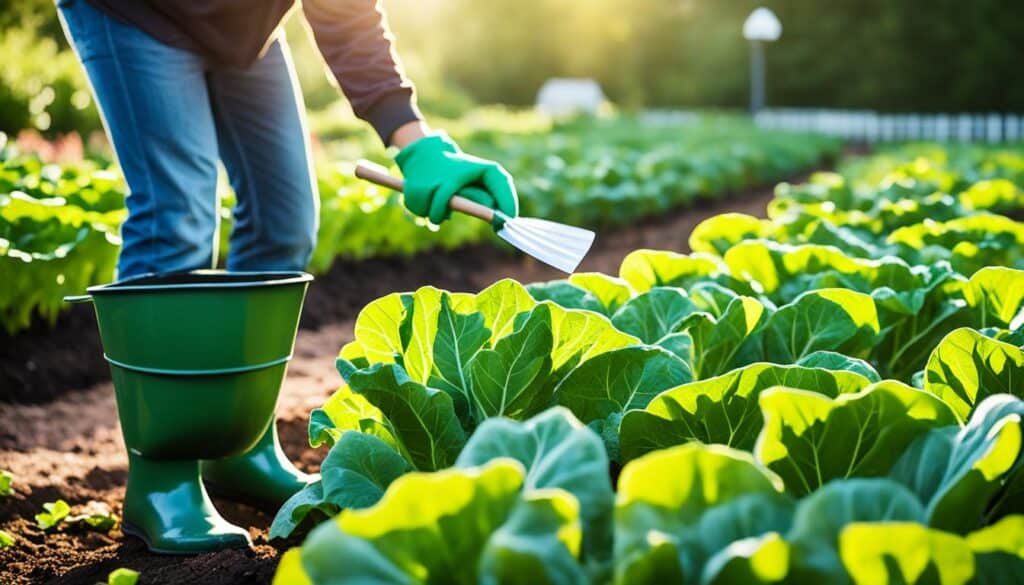
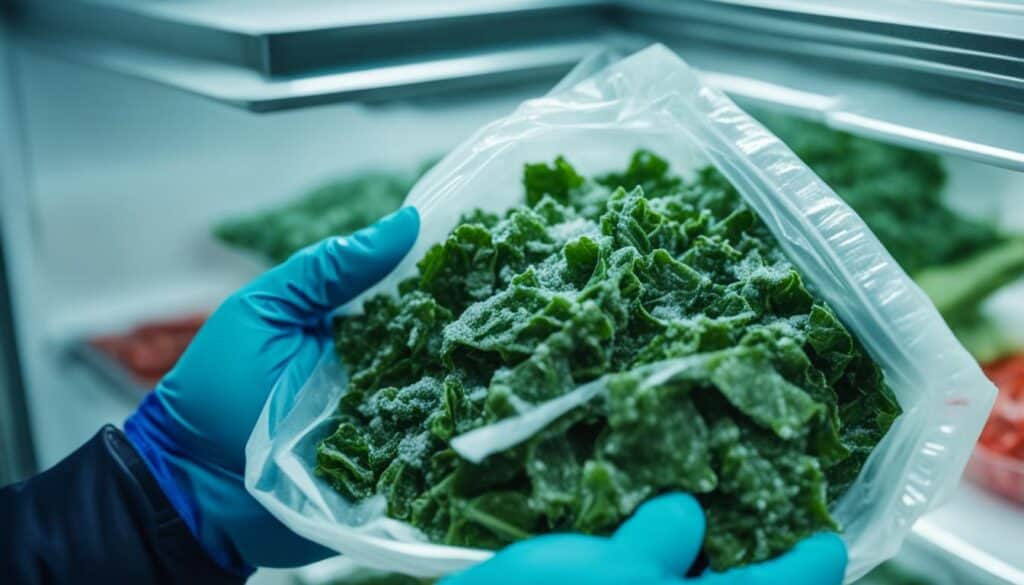
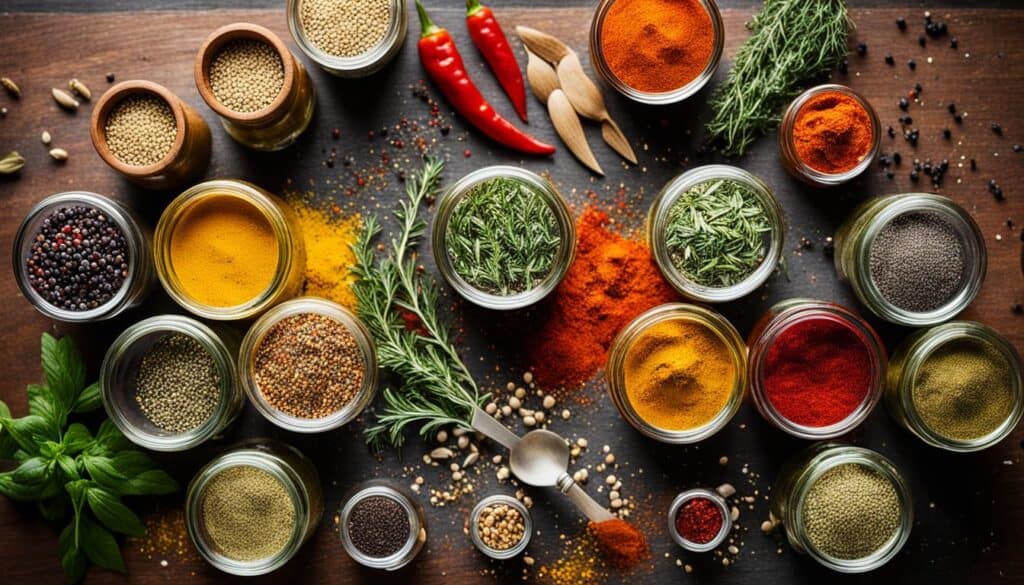
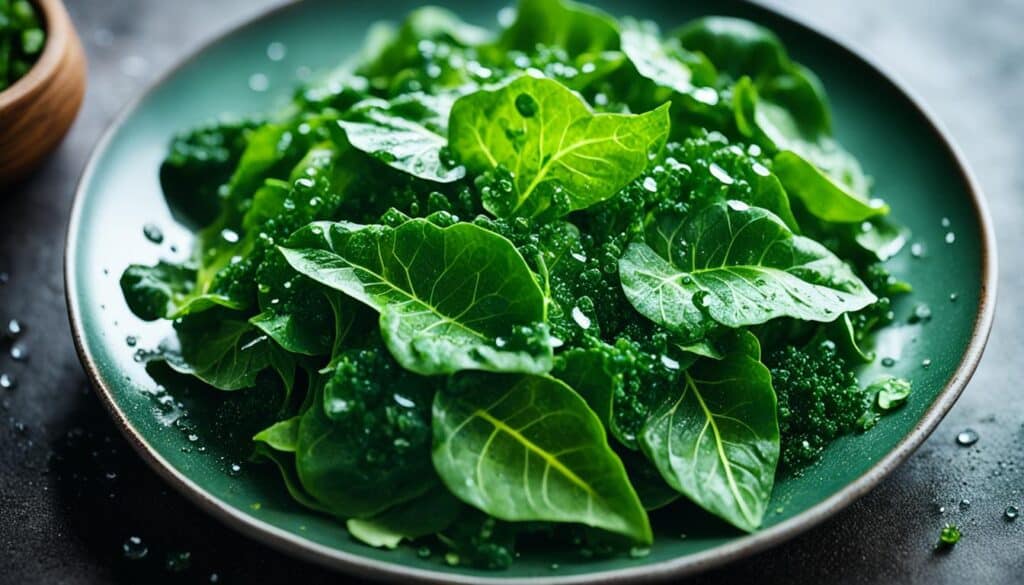



Leave a Reply